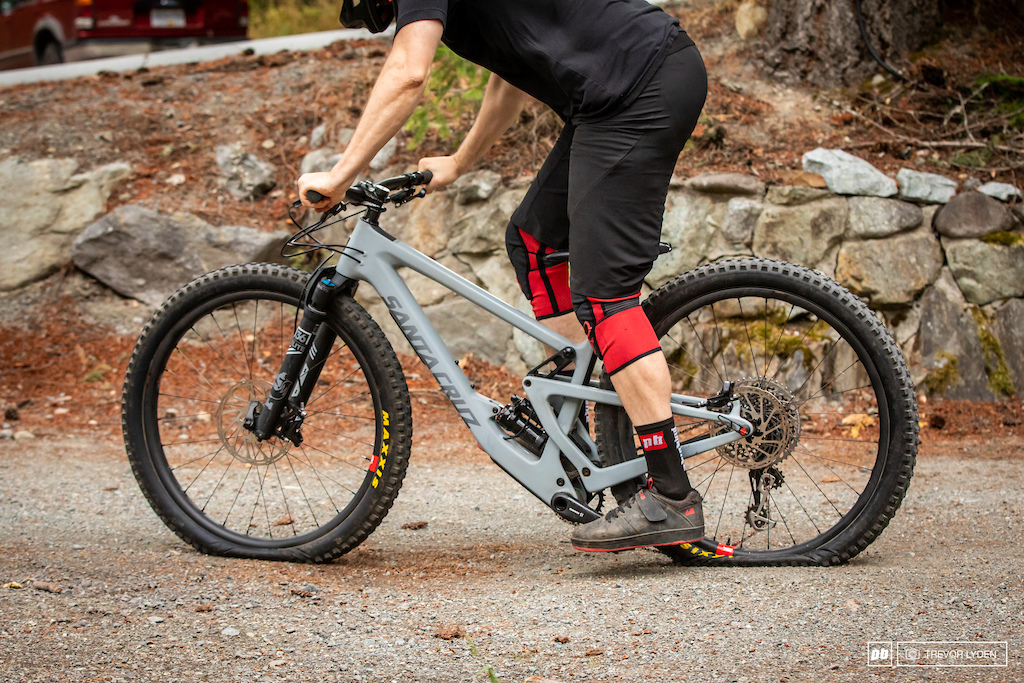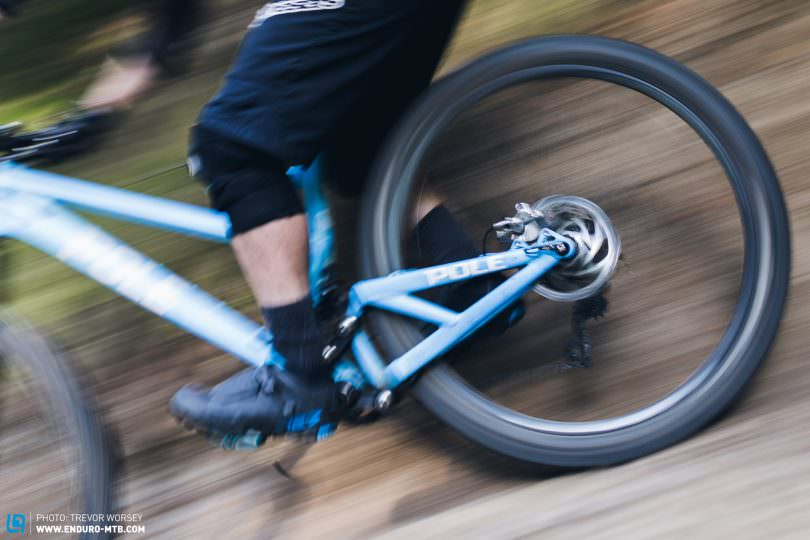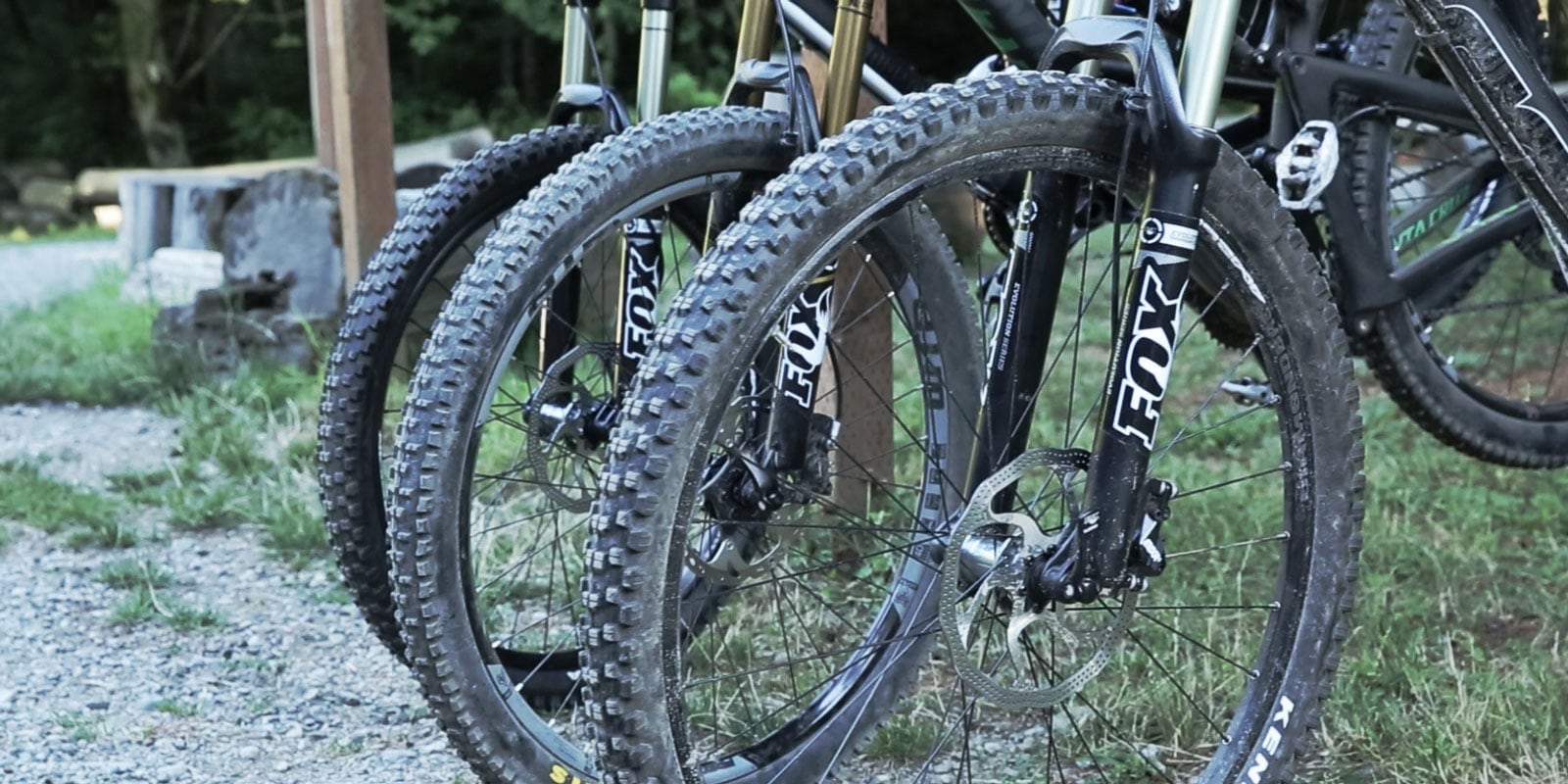Understanding the components of a mountain bike is crucial for both beginners and enthusiasts. Each part plays a vital role in the bike's performance, so knowing how they work together can significantly enhance your riding experience. In this comprehensive guide, we will delve into the essential components of a mountain bike, from the frame to the pedals and everything in between.
Frame

At the core of every mountain bike lies its frame, a marvel of engineering that sets the stage for its overall performance, weight, and durability. Frames are categorized primarily into hardtail and full-suspension models, each tailored to different riding demands. Hardtail frames, lacking rear suspension, offer a direct, responsive connection to the trail, ideal for climbing and smooth terrain. Full-suspension frames with front and rear shock absorbers excel in rough, technical terrains by providing a softer, more controlled ride. The choice of material further distinguishes frames, with aluminum offering a balance of strength and affordability.
Meanwhile, carbon fibre stands out for its exceptional lightness and vibration-damping qualities. This foundational component's design influences the ride quality. It impacts the bike's longevity, underscoring the importance of selecting a frame that aligns with one's riding style and goals.
Suspension System

The suspension system on a mountain bike is similar to a vehicle's shock absorbers, designed to reduce the roughness of uneven trails and improve rider control. This system includes two main types: front suspension, commonly found on hardtail bikes, and dual suspension, featured on full-suspension bikes. 'Travel' refers to the suspension's movement, varying wildly depending on the bike's intended use—from short travel for light trail riding to long travel for aggressive downhill courses. 'Damping' controls this movement, ensuring the motorcycle doesn't bounce uncontrollably after hitting a bump. 'Lockout' is a feature that allows the rider to turn off the suspension, a valuable trait for climbing or riding on smooth surfaces where suspension isn't needed. Understanding these components enables riders to fine-tune their bikes for a personalized riding experience, whether tackling rocky descents or navigating root-laden trails.
Drivetrain

The drivetrain is the heart of a mountain bike's propulsion system, a sophisticated ensemble of components including the crankset, derailleurs, cassette, chain, and shifters. This interconnected network is pivotal in managing the bike's gearing and power transfer, enabling riders to adapt seamlessly to changing terrain challenges. The crankset initiates the movement, translating leg power into motion, while the derailleurs guide the chain across the cassette's sprockets, facilitating precise gear shifts. The cassette, made up of various-sized gears, offers a range of resistance options, from low gears for steep climbs to high gears for fast flats. The chain, a critical link, meshes with the gears, propelling the bike forward. Shifters, mounted on the handlebars, allow riders to select gears intuitively, ensuring a responsive and fluid transition across the spectrum of terrains encountered.
Brakes

Brakes are the mountain bike's primary safety mechanism, providing the control and precision to navigate diverse terrains confidently. Disc brakes and rim brakes represent the two predominant types of cycling, each with distinct advantages and drawbacks. Disc brakes offer superior stopping power and performance in wet and muddy conditions, making them a favoured choice among trail and downhill riders. Rim brakes, which apply braking force directly to the wheel rim, are typically lighter and simpler to maintain, though their effectiveness can diminish in adverse weather. Understanding the differences between these mountain bike components allows cyclists to make informed decisions tailored to their riding style and the environments they most frequently encounter. Regular attention to brake maintenance, including pad replacement and brake fluid checks for hydraulic systems, ensures that this critical component remains reliable, regardless of the adventure ahead.
Wheels and Tyres

In mountain biking, the selection of wheels and tyres directly impacts the bike's grip, maneuverability, and responsiveness on the trail. The variety in wheel sizes offers a spectrum of choices, from agile 26-inch wheels for tight twists and turns to the more popular 29-inch wheels, known for their enhanced stability and ability to roll over obstacles easily. Meanwhile, 27.5-inch wheels strike a balance, offering a mix of maneuverability and rollover capability. Tyre selection further customizes the riding experience, with wider tyres providing increased traction and comfort at the expense of higher rolling resistance. Conversely, narrower tyres favour speed and efficiency on smoother trails. Opting for a tubeless setup can reduce the risk of punctures and allow for lower tyre pressures, enhancing grip and ride quality on uneven surfaces.
Handlebars and Stem

The interplay between handlebars and stems shapes the riding experience, offering nuanced control and tailored comfort depending on style and length. Handlebars come in many forms, including flat bars favouring a more aggressive riding position and riser bars that elevate comfort through a more upright posture, reducing strain on the back during extended rides. The stem, linking the handlebars to the bike's fork, dictates the rider's reach and overall stance. A shorter stem can enhance the bike's responsiveness in tight turns, while a longer stem improves stability at high speeds. This delicate balance between handlebars and stem allows for customizing the riding posture, ensuring each adventure is controlled and comfortable, tailored to the rider's preference and terrain.
Saddle and Seatpost

The combination of the saddle and seatpost epitomizes personal comfort and adaptability on a mountain bike. Selecting a saddle that fits your anatomical requirements can transform the quality of your rides. The Seatpost, especially models with dropper functionality, introduces a level of versatility previously unattainable. With a dropper post, you can adjust your saddle height on the fly, an advantage for tackling steep descents and technical trails with increased confidence and control. Though often overlooked, this dynamic duo is critical to fine-tuning your bike to match the demands of mountain biking, ensuring that each pedal stroke and trail is as comfortable as it is exhilarating.
Pedals

Pedals serve as the essential point of contact between the cyclist and the mountain bike. At this critical junction, power is transferred, and control is maintained. The debate between flat pedals and clipless pedals centers around personal preference and the nature of the ride. Flat pedals, offering a stable platform without special footwear, cater to those seeking immediate foot release for technical maneuvers or beginners new to the sport. Clipless pedals, which securely attach the rider's shoes to the pedals via a cleat mechanism, enhance pedalling efficiency and bike handling, especially for experienced riders navigating challenging terrains. This choice significantly influences the riding experience, underscoring the importance of aligning pedal type with individual riding style and terrain demands.
Accessories and Upgrades

Personalization and enhancement offer many accessories and upgrades for the avid mountain biker, refining and elevating the cycling experience. Whether it's robust lighting systems for paths less travelled, mudguards for shielding against the elements, or sophisticated bike computers for enriching ride data, each addition contributes uniquely to the journey. Suspension upgrades provide a notable improvement, promising a smoother ride across rough terrains. Beyond functional upgrades, these selections reflect the rider's commitment to refining their mountain biking experience, ensuring each venture is as fulfilling and efficient as possible. Through the thoughtful integration of these enhancements, the mountain bike becomes a tailored conduit for adventure, ideally attuned to the rider's aspirations and the challenges of the trail ahead.
Summary
Understanding the components of a mountain bike is crucial for optimizing performance and enhancing your riding experience. The frame is the bike's backbone, with options like hardtail and full suspension tailored to different terrains. The suspension system improves control on rough trails while the drivetrain manages gear shifts and power transfer. Brakes ensure safety, and the choice of wheels and tyres affects grip and speed. Handlebars, saddle, pedals, and various accessories allow further customization, providing comfort and control on every ride. Knowing how these components work together helps you make informed decisions about maintenance, upgrades, and overall bike setup.
Wondering what to wear for mountain biking? Check out our blog post on what gear to wear!

